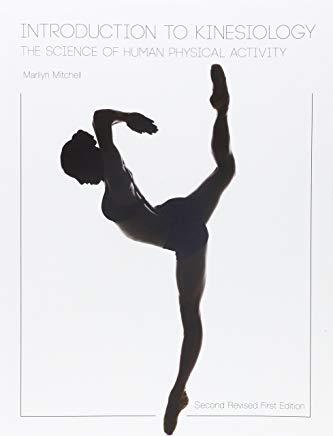
Mitchell, Marilyn
product information
description
5Introduction to Kinesiology: The Science of Human Physical Activity outlines the major concepts, principles, and experimental findings for the curious yet serious student interested in the field of kinesiology. Like most fields of science, it is important to provide kinesiology students with a textbook that covers the historical development of the field, discusses career opportunities, and provides the groundwork for future coursework. It is also important to clearly articulate the limit and scope of kinesiology by defining core knowledge and to emphasize the cross-disciplinary nature of kinesiology. Introduction to Kinesiology was designed to meet all of these requirements. To improve the readability and the retention of the material, the chapters in Introduction to Kinesiology contain several features, including:
- Student Objectives
- Important Terms
- Integrating Kinesiology: Putting It All Together - questions and exercises
- Section and Chapter Summaries
- Kinesiology on the Web - web links for more information
member goods
No member items were found under this heading.
Return Policy
All sales are final
Shipping
No special shipping considerations available.
Shipping fees determined at checkout.







